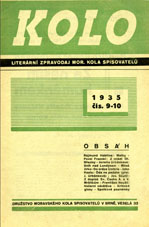
We kindly inform you that, as long as the subject affiliation of our 300.000+ articles is in progress, you might get unsufficient or no results on your third level or second level search. In this case, please broaden your search criteria.

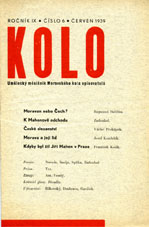
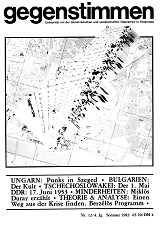
Unfortunately, there is still no German-language publisher who would publish the stories of Georgij Markow. They are by their marksmanship and subliminal humor almost predestined for making familiar with everyday phenomena in Markow's original home Bulgaria. Georgy Markov, once a confidant of the Prime Minister and First Secretary of the Communist Party, Todor Zhivkov, decided in the age of 41 years to break with the regime. He emigrated to London in 1969 and became a member of the BBC. In 1978 he was murdered in London by the bite of a poisoned umbrella top. The trigger for the date of the assassination was probably his intention to report on his hunting with Zhivkov - so he had overused the patience of the Eagle Colonel.
More...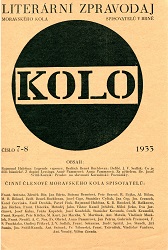
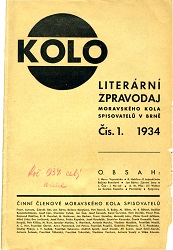
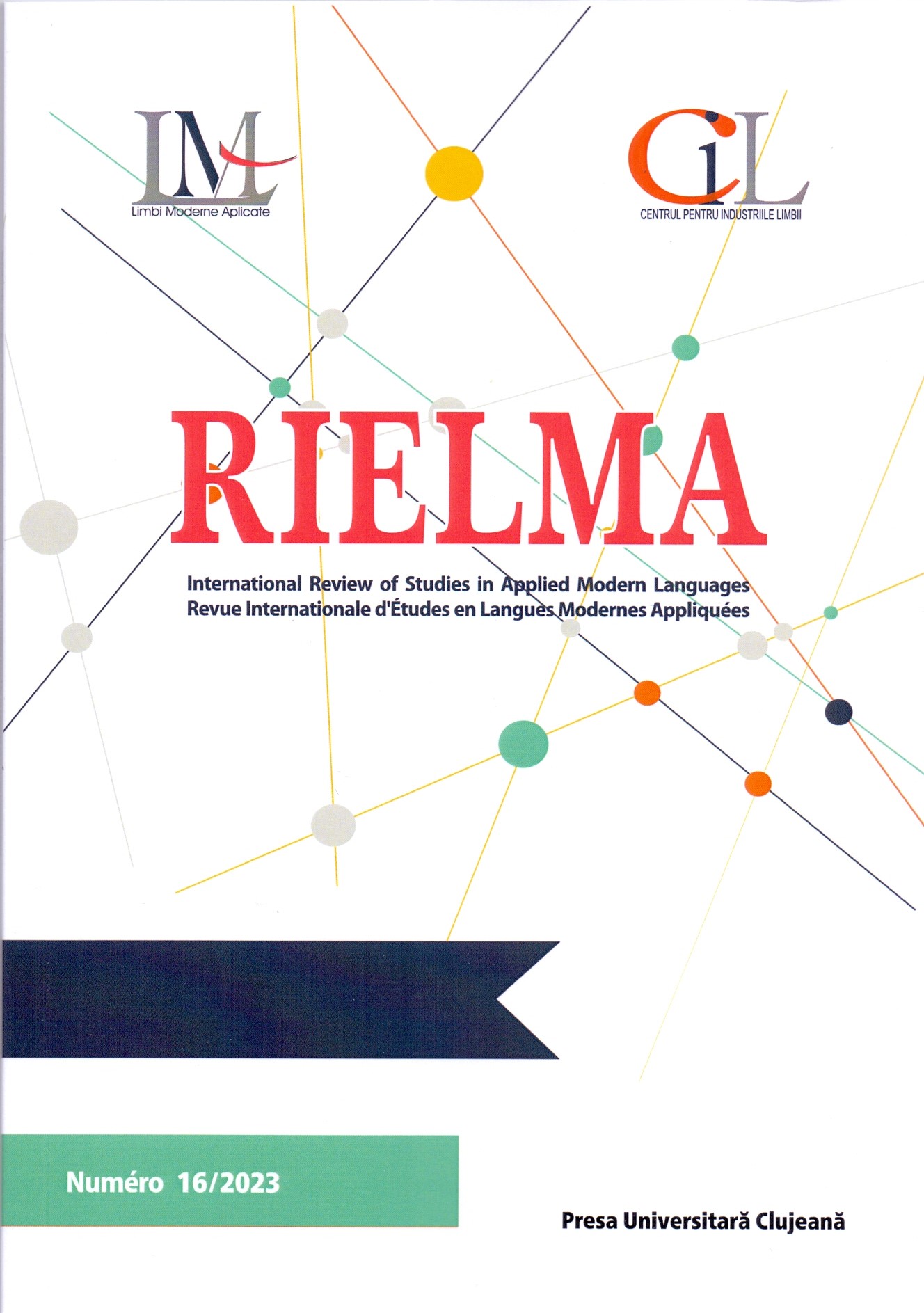
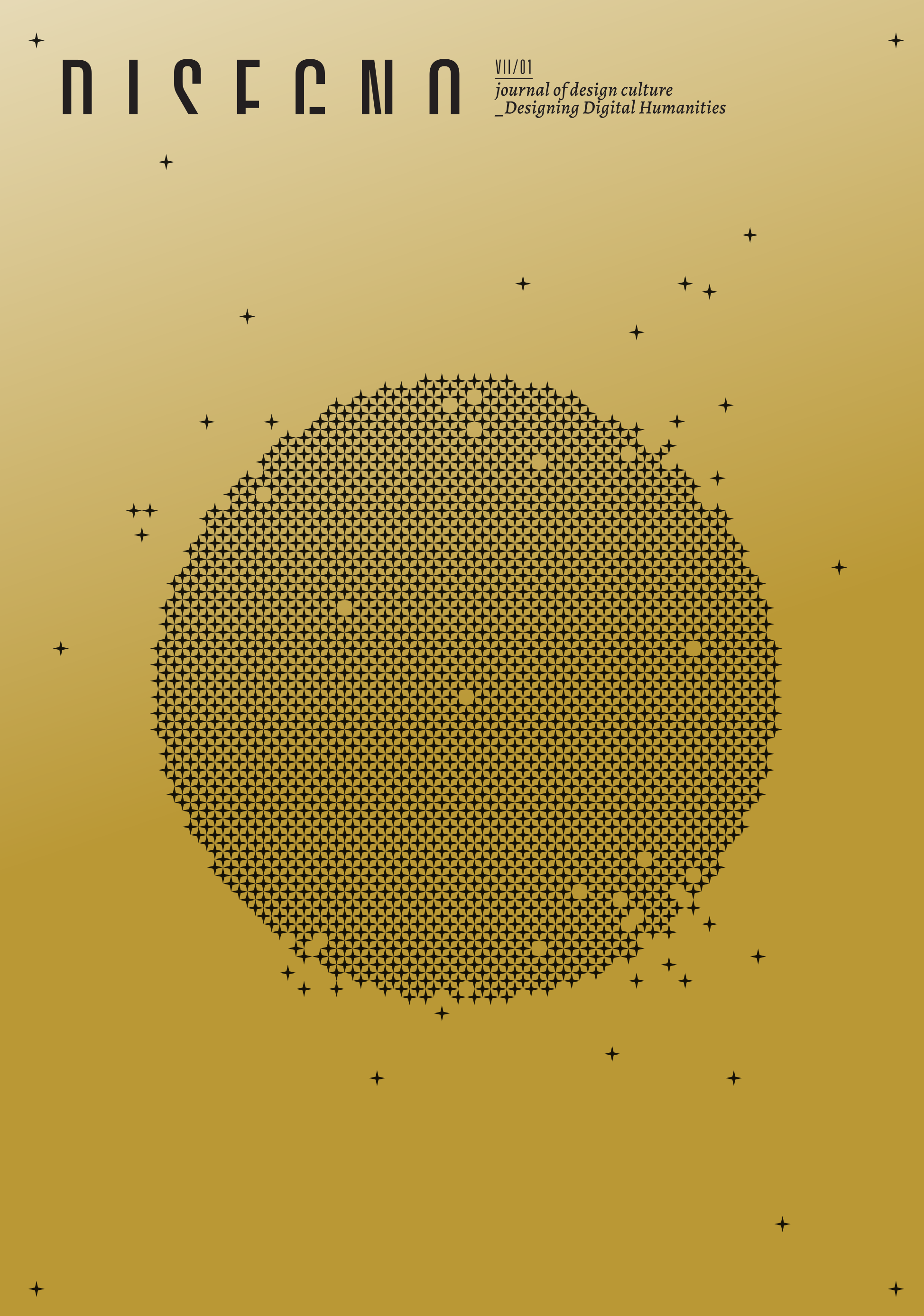
Iván Horváth (b. 1948), professor emeritus of ELTE is one of Hungary’s leading literary scientists, an internationally pioneering scholar of digital humanities, engaged, as early as the seventies, in computer-aided literary studies—a field he would later call humanities informatics. He is a prominent researcher of Bálint Balassi and of early Hungarian literature and a major figure in the publication and interpretation of Attila József’s oeuvre. Active as a public intellectual during the years of Hungary’s democratic transition, he was a founding editor of the journal 2000. Professor Horváth is also a noted HiFi enthusiast and expert, and one of the initiators of the Wilhelm Furtwängler Society of Hungary.
More...
Short prose by Ana BLANDIANA - "Cuvânt înainte – cuvânt după (la „Mai-mult-ca-trecutul”)"
More...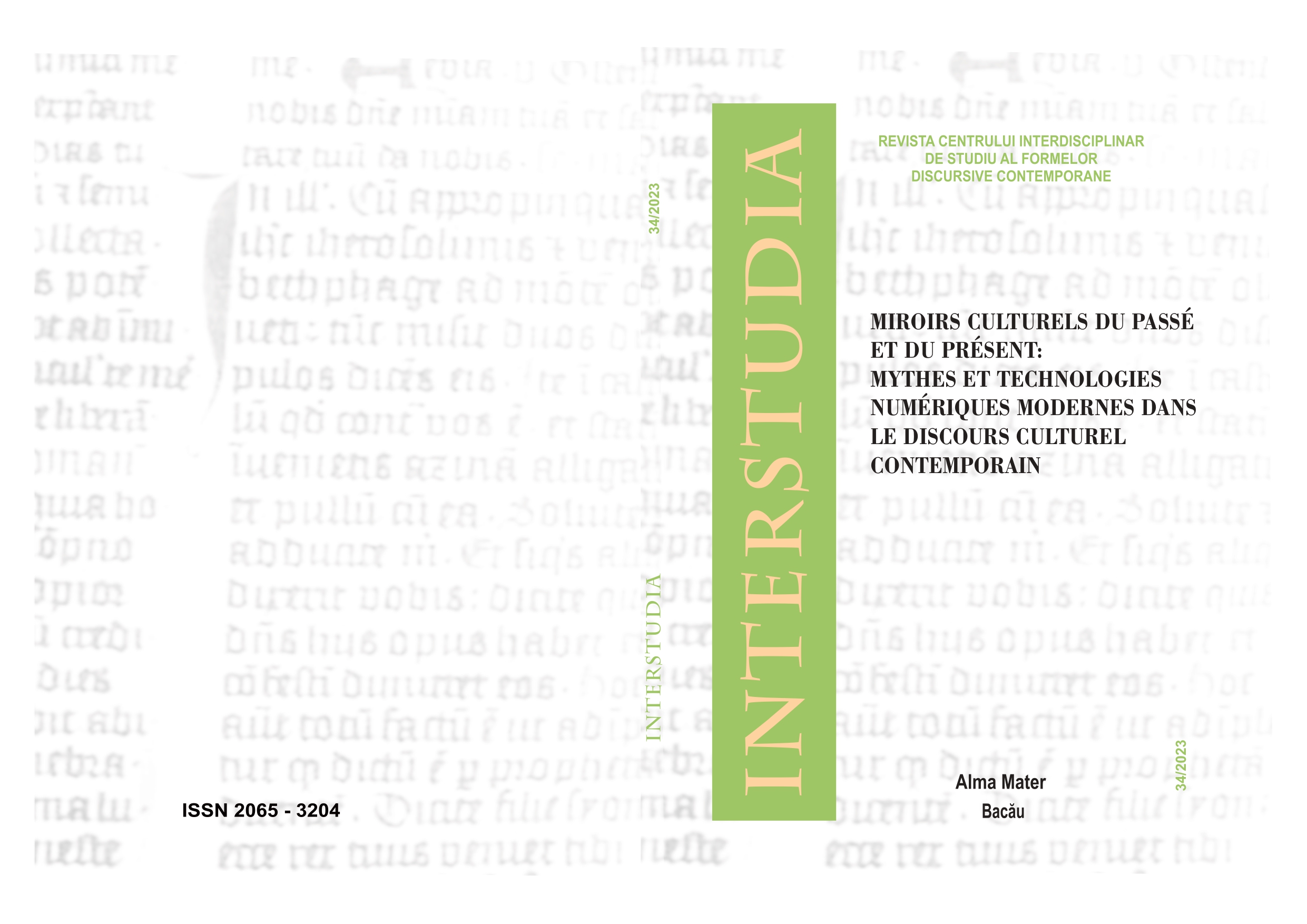
The paper "Considering Aboriginality: hauntological and feminist perspective on the "Third Space" in Jane Harrison's plays Stolen and Rainbow's End” examines the postcolonial social and cultural aspects related to the Australian Aboriginal people, using the concept of the "Third Space", developed by Homi K. Bhabha, reinterpreted and extended in selected aspects by hauntology theory (N. Abraham and M. Torok's phantom and J. Derrida's spectre) and feminist literary criticism. The analysis of selected aspects highlighted in the plays, such as distorted identity, no sense of belonging, specific settings and locations, characters' transformation and their relationships through the "Third Space" concept, with references to hauntology and feminism, may offer new interpretations and solutions to the issues connected with Aboriginality.
More...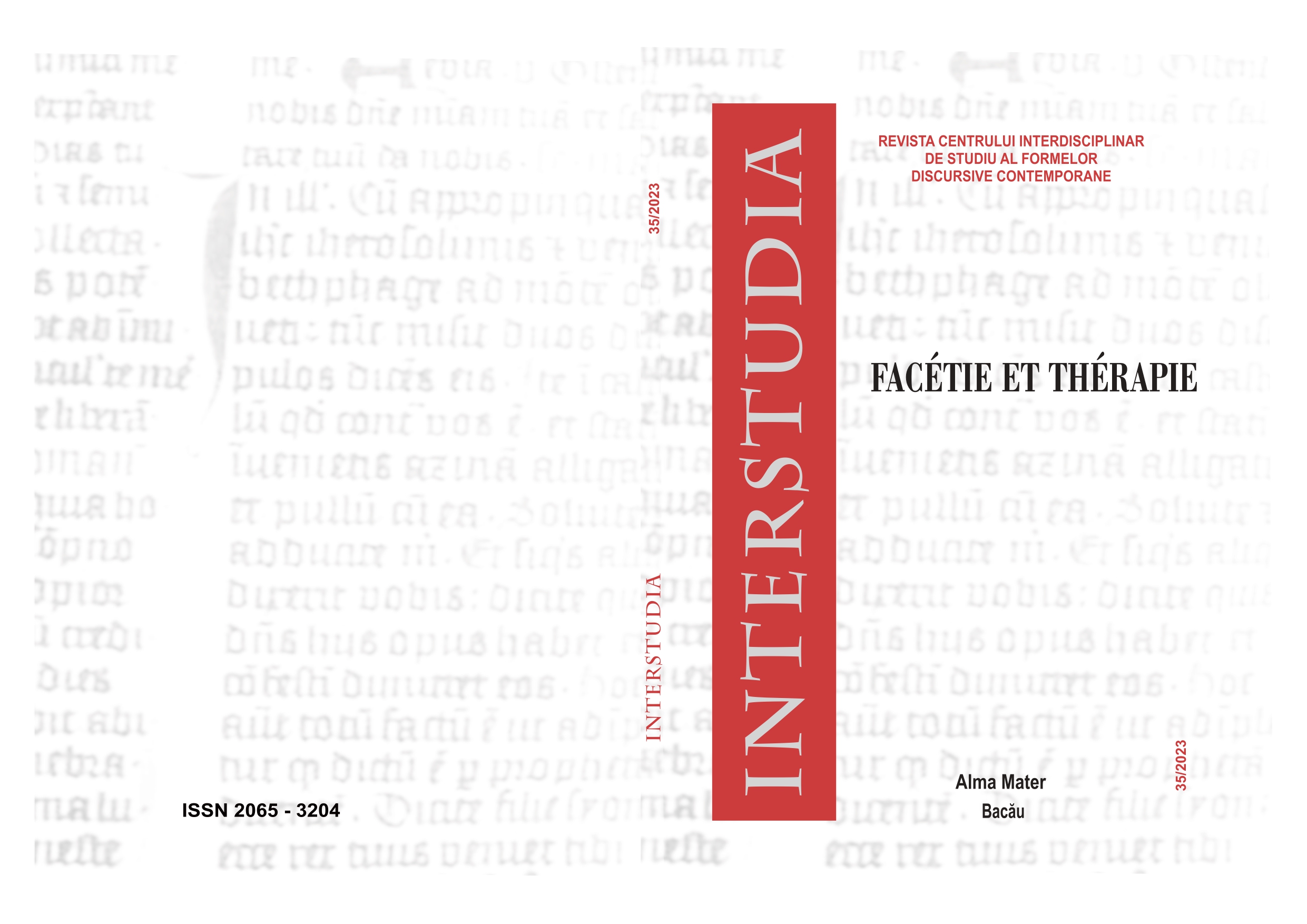
This paper’s goal is to test the topos of curative laughter, thanks to digital humanities. Is this idea truly specific and recurrent throughout the modern collections of merry tales? To determine if it is so, we used a freeware corpus analysis toolkit to check on various paratexts, that head 89 jestbooks, 158 comic literary works, and 311 serious works, published in French between the end of the XVth century and 1699. We managed a quantitative and qualitative study about the way the lexicon linked to health, cure and medicine is used in each corpus.We could thus highlight the specificity of collections gathering jests and merry tales. It does not lie only in the claim that relaxation is good for health (a claim they share with all comic works), but also and more precisely in the recurrent use of the word melancholy, for commercial purposes and legitimation of pleasure. Specific as well is the link between pseudo-medical considerations and other practical tips about the uses of a book designed for collective consumption.
More...
In Spring 1530, Clément Marot inaugurated a new poetic form with the coq-à-l’âne epistle. Initially imagined as a mere amusing pastime to share with his best friend Lyon Jamet, this imagined exchange of non-linear and satirical missives on the latest news of the day would grow in importance – particularly after the Affair of the Placards in October 1534 would send both friends into exile. A year later, now banished from Ferrara and once again separated outside of the kingdom, Marot would take up the pen anew in Venice to compose more coq-à-l’âne epistles. However, these epistles, written over the summer and autumn of 1535, bear record to sadness, to homesickness, to anger and to a lack of friendship that are mitigated by the very act of writing. In this way, the coq-à-l’âne becomes a form of therapy for Marot, in which he adopts the pathos of gelodacria (or joco-seriosus), the paradoxical posture of the poet who laughs as he cries or who suffers joyously (which would make Marot a type of Triboulet in exile – another figure who appears in the coq-à-l’âne). This essay analyses the five coq-à-l’âne epistles attributed to Marot in order to demonstrate to what degree this poetic form allows the poet to minimize his suffering mimetically and offer himself solace through a friendly exchange.
More...
Joachim Du Bellay, founding member of the Pléiade, the « brigade » of poets who sought to renew the vernacular idiom through imitation of classical authors, fashioned a style and signature that called his talents in question. Often stating that he was « less than nothing, » he exalted himself in affected modesty. The style of denial, expressed in the frequent usage of Je ne [I do not}, betrays a phantasm of glory couched in facetiousness. Hence the « self » (le moi) is defined by its alterity. Contradiction and contrariety drive the poetic creation, the very subject and object of an oeuvre of remarkably modern temper.
More...
The paper aims to analyse the therapeutic effects of laughter, as they are developed in the representations of the street theatre troupe of the Girard brothers, better known as the Tabarin troupe, who had great success in Dauphine Square, near the Pont Neuf in Paris, at the beginning of the 17th century. The tabarinades, beyond their mercantile feature (their initial and main goal was to sell false remedies, the Girard brothers being thus charlatans), had also an important facetious feature, trying to heal the troubled soul of people living difficult times.
More...
Based on the paradoxical aesthetics of hagiographic mystery plays, the Passion of Monseigneur Saint-Quentin (1460-1470), attributed to the court poet Jean Molinet, stages the martyrdom of an exceptional personage who displays a provocative joy during the atrocities that his torturers inflict on him. Inspired by the grace of God, the future saint however is also an outstanding orator who is able not only to convert a great Amiénois population to the Christian faith but to punish his adversaries, using mockery and derision, even driving one of them to madness. Does such an ambivalent discourse uttered by a follower of Christ who also plays the role of a farce character manipulating the “passions” of his interlocutors, find ethical legitimacy within a mystery play the aim of which consists of illustrating the moral perfection of the martyr embodying divine grace? Is laughter, which seeks to bring together a community at the expense of another, compatible with Christian charity?
More...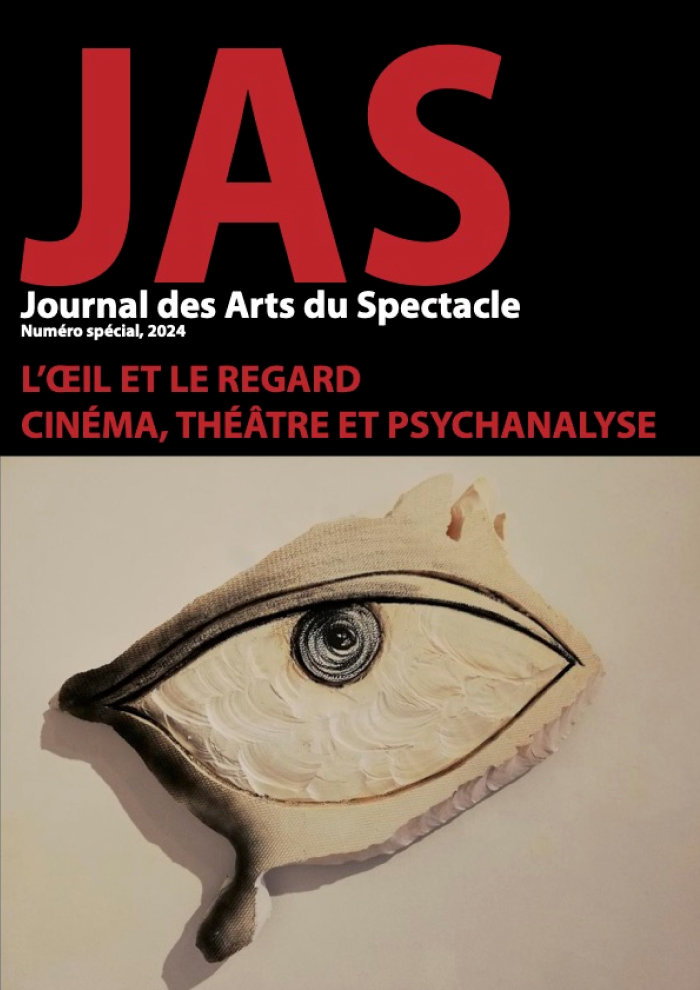
Ravivé de manière inattendue pendant la pandémie, mon intérêt pour les Sonnets a conduit à une étude approfondie et à une réflexion critique sur mon approche pédagogique et créative. Cet article propose une analyse du Sonnet 148 de Shakespeare en combinant des perspectives psycholinguistiques, psychanalytiques et dramaturgiques pour explorer la thématique de l’œil et du regard. Afin de déterminer le potentiel théâtral des Sonnets, je me concentrerai sur le texte et le travail vocal pour révéler l’essence des personnages, leurs émotions et leurs univers intérieurs. Une discussion détaillée portant sur Sonnet 148 devrait aider à mieux décrire les intro-, rétro- et prospections du personnage en termes de situations dramatiques, de motivations et d’intentions. D’un point de vue psychanalytique, la thématique de l’œil et du regard sera mise en relation avec l’amour, d’autres affects, les désirs, les intentions et les conflits intérieurs des protagonistes. J’étudie ainsi comment l’ensemble de ces aspects contribue au potentiel théâtral du sonnet. Je soulignerai également l’apport des approches théâtrale et psychanalytique à la compréhension et l’interprétation des Sonnets, ainsi que l’importance de préserver leur poésie tout en permettant au théâtre de révéler les émotions et les univers intérieurs. Je conclurai en soulignant la nécessité, pour donner vie aux Sonnets, d’un travail dramaturgique et de construction du personnage minutieux, ce qui, je crois, est ce que Shakespeare aurait souhaité pour eux en tant qu’actes théâtraux. Leur langage poétique et leurs situations dramatiques travaillent de concert en faisant appel à l’imagination de l’auditeur, en établissant un théâtre virtuel donnant vie à cet œil intérieur qui voit autrement et à ce regard capable d’accomplir l’imagerie du sonnet aux côtés de l’univers sonore sculpté par sa voix poétique.
More...
Les lignes qui suivent sont des fragments extraits des chapitres d’une ample monographie dédiée aux miroirs ou à la « catoptrique » shakespearienne. Pour le présent ouvrage j’ai sélectionné quelques passages faisant partie des chapitres intitulés « Les yeux et le visage humain comme miroirs de l’âme », « Le miroir des yeux ou le miroir de l’amour » et « Le miroir humain : Nosce te ipsum ».
More...
Dans son Séminaire XI, Les quatre concepts fondamentaux de la psychanalyse, Jacques Lacan, en faisant référence à la poésie de Louis Aragon, se demande d’une manière signifiante « qu’est-ce qu’un regard ? ». Dans l’enseignement lacanien, entre l’œil et le regard, il y a une schize, une division, une cassure où se manifeste la pulsion scopique, qui les sépare irrémédiablement. Si l’œil est du domaine du visible, le regard est du domaine du réel invisible. À travers la poésie de Louis Aragon, on va analyser les concepts lacaniens : pulsion scopique et pulsion invocante, objet agalmatique, tache, objet voix.
More...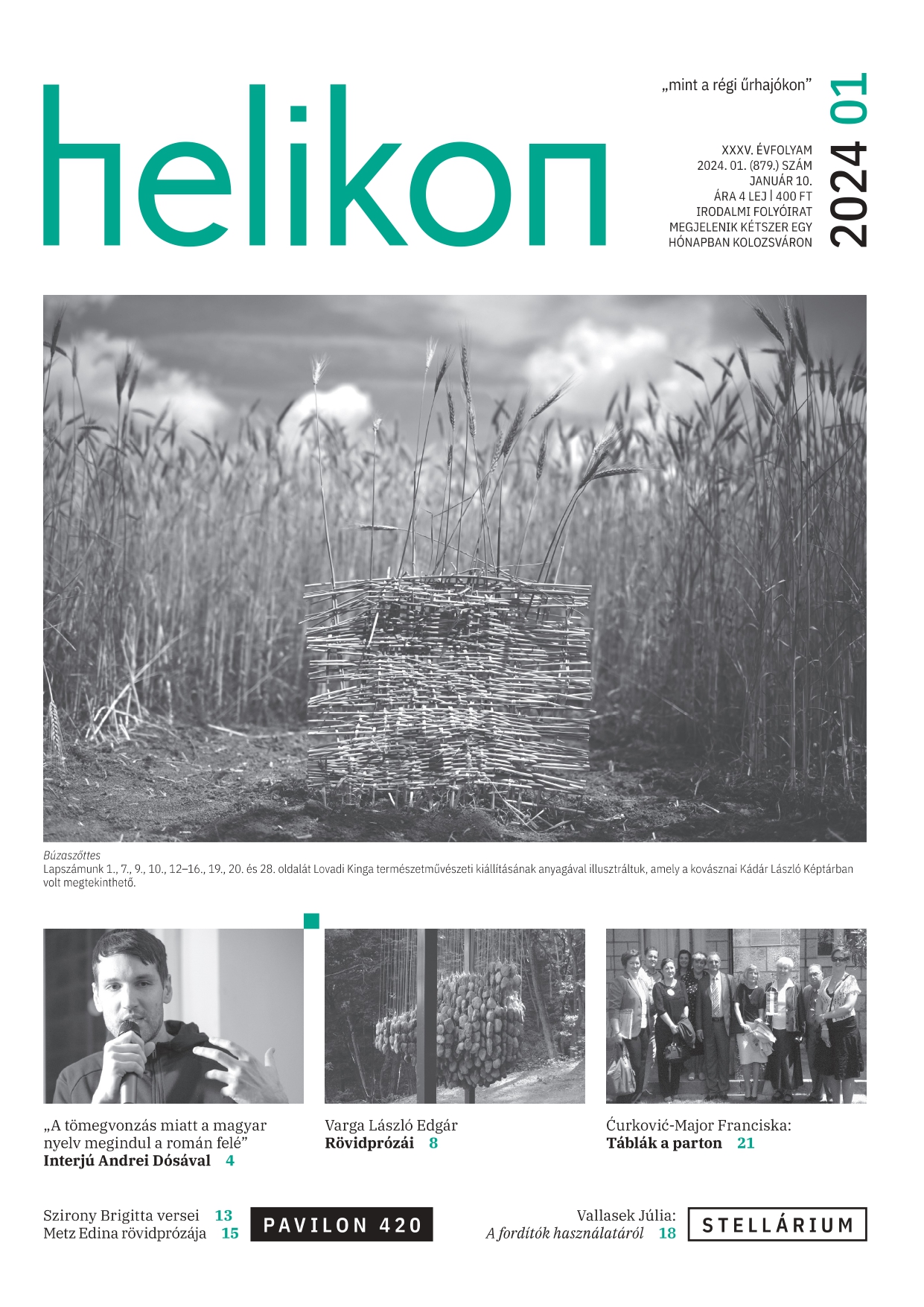
Evelin Márton's interview with Dósa Andrei.
More...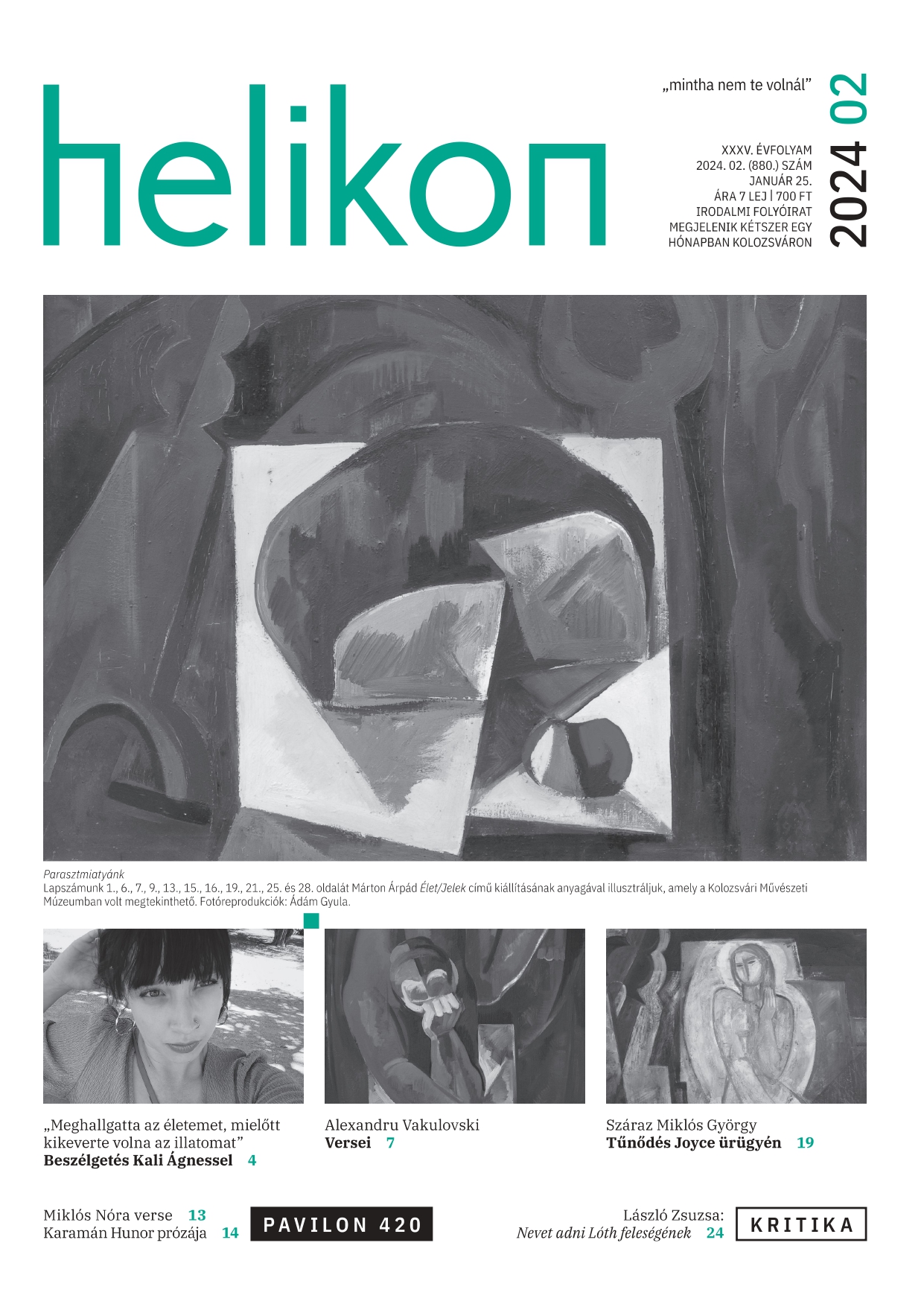
Tamás Korpa's interview with Ágnes Kali.
More...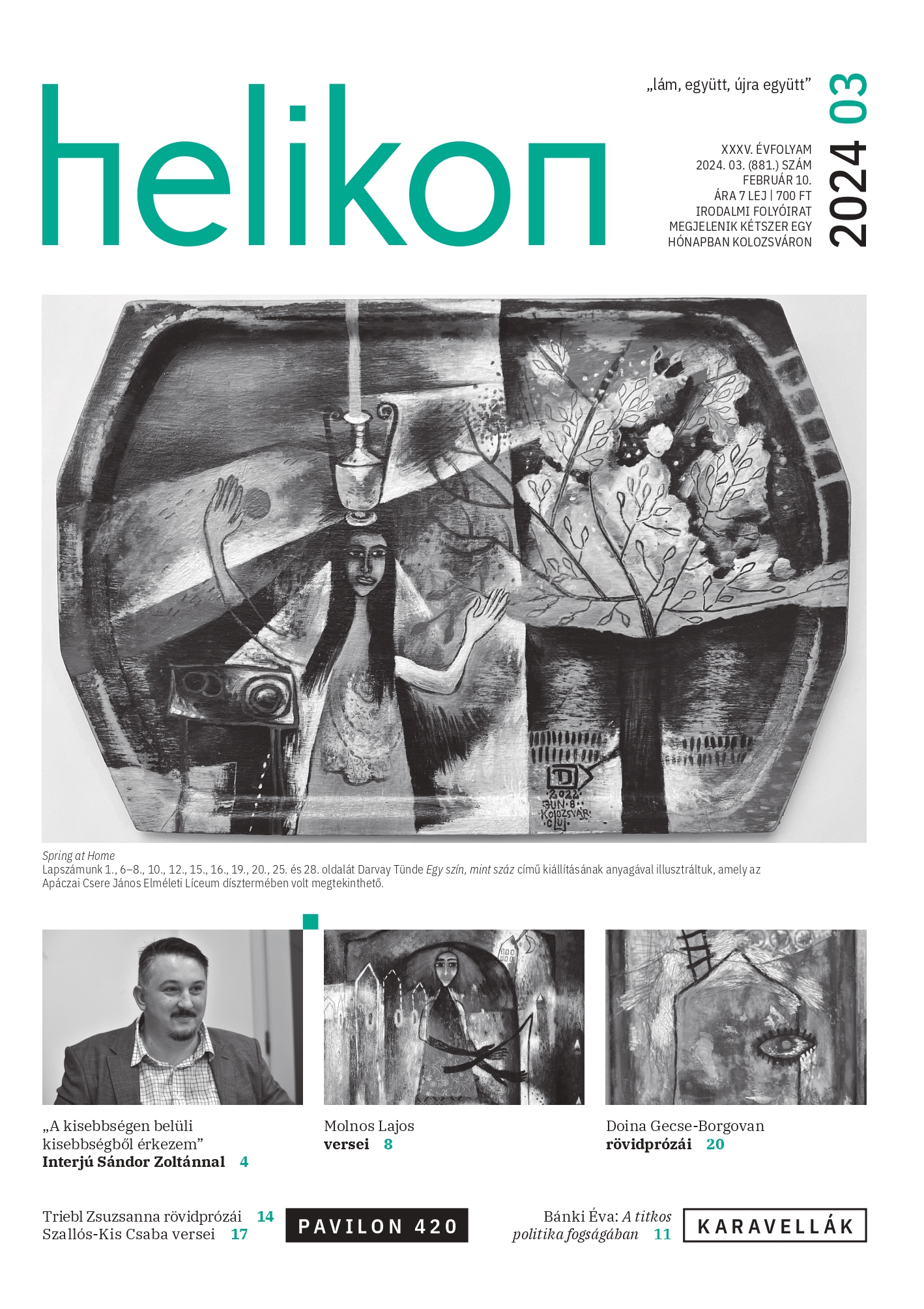
Attila Zsolt Papp's interview with Zoltán Sándor.
More...